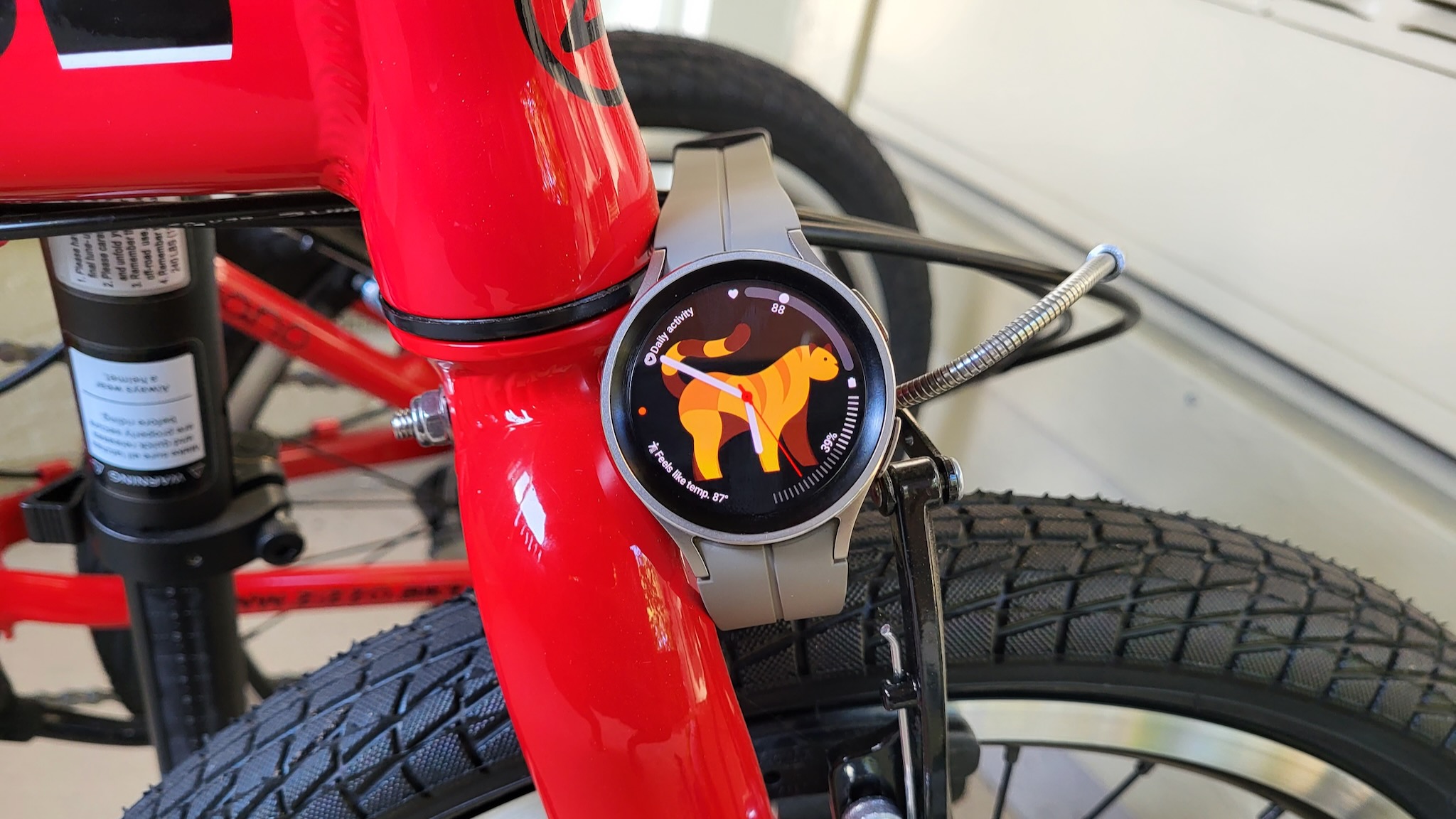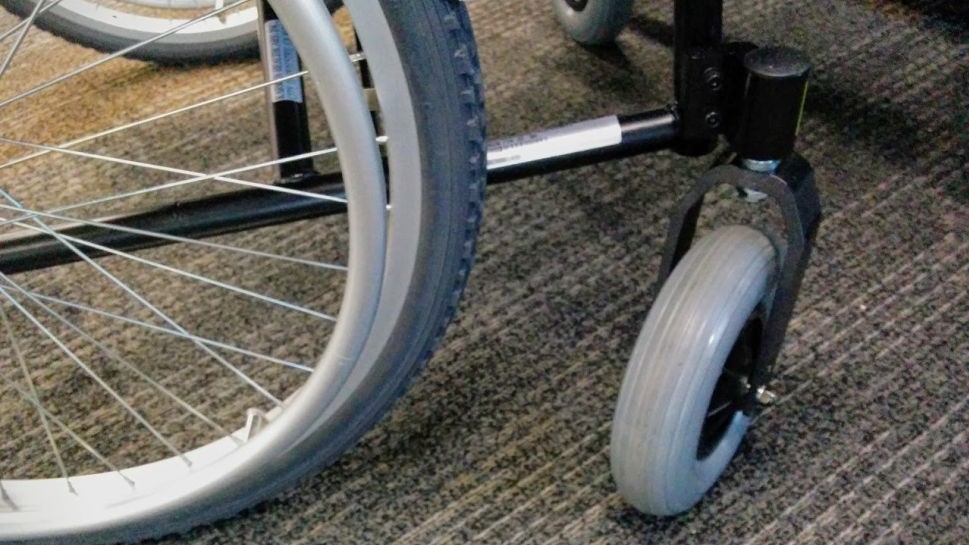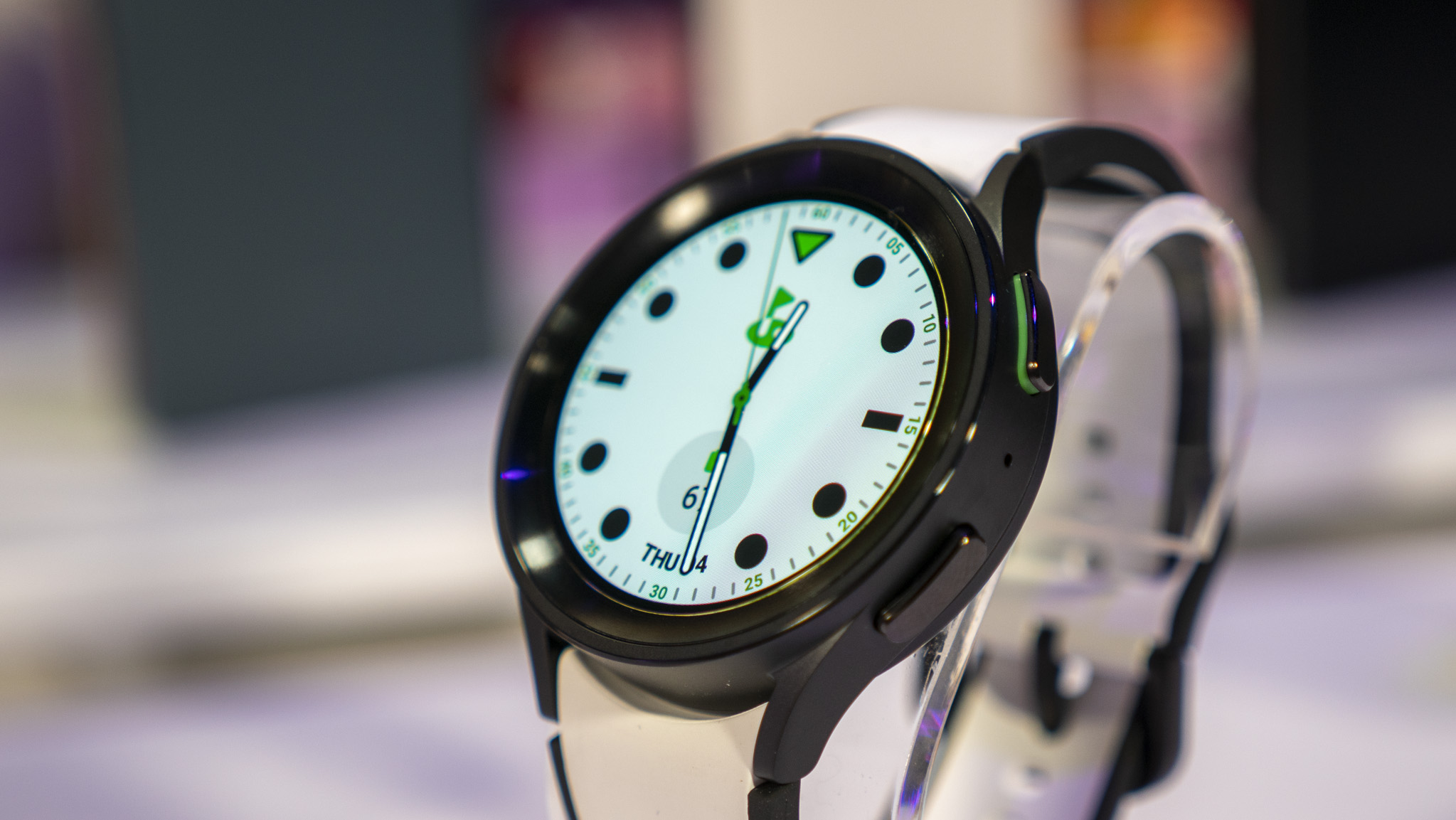
Apple is one of the three companies (with Google and Samsung following far behind) that are the major players when it comes to wearable fitness products. As part of its latest software updates, Apple showed some great new features for cyclists that could have also applied to people in a wheelchair but they weren't. Of course, they weren't.
It seems like the major players in the fitness game just don't care.
There are a handful of reasons why a company like Apple doesn't offer better support for wheelchair users, and I get it. No one product can do it all. But it's time for these companies to stand behind all their commitments to being inclusive or stop making them.
The biggest reason we don't see features like cycling tracking adapted for wheelchairs is demand. The market for a fitness platform with features designed for folks in a chair is small because there are a lot more able-bodied people buying products than there are people like me. That market would increase a little bit if the costs were lower, but it still isn't going to compare.

With limited demand, it becomes hard to justify the cost. Developing and maintaining wheelchair-accessible fitness platform features is going to be more expensive. It may even require adaptations to the hardware and costs like this will never be recouped by the target audience — you will end up paying more to help people like me because we'll all be paying more.
What really bothers me though is the appearance of a lack of awareness. It seems that someone in charge of everything isn't aware that people in a wheelchair have a need and a desire for products that make us more healthy. Nothing could be further from the truth because people in wheelchairs are a lot like people who aren't in a wheelchair.
We've moved past the days where a smartwatch would nag me to get up and walk around every hour or so, which is good. That wasn't a big deal and was more of a humorous failure by software developers in practice, but in theory, it proved a lack of awareness.
Changing this is great and shows that someone, somewhere, realized that not every wrist is the same. Baby steps — you stopped telling me to rise and walk like an electronic faith healer, and now you should realize I use my arms to move. That's a lot of hard work that could be tracked by my watch the same way leg power to propel a bike is tracked.

Companies already can track small wrist movements, or at least were led to believe they can. That's part of how your golf swing is being analyzed as part of a sports and fitness package. There are a lot of golfers with a lot of disposable income who love features designed for them — probably some of the team members building and designing smartwatches play golf. Awareness means a lot.
There are companies that are aware of and provide tools and features designed for wheelchair users. Companies like Wheel With Me Fitness specialize in the wheelchair community and provide software that can help us become more healthy. Unfortunately, these small companies aren't building the devices we use like Apple and Google are.
It's a good alternative, though. There are also other ways people with mobility issues can use a wearable fitness tracker — I lift weights and use my Galaxy Watch to track my reps and keep a log of when and how much I'm lifting. Arm strength is pretty important for someone like me, and I'm happy it's there.
Mostly what I do, though, is wheel myself around. If my wife and I visit the Smithsonian, a thing we enjoy doing often, and her watch says she walked three miles in an afternoon I pushed myself around those same three miles. If you wear a smartwatch you know how trips to the bathroom or to grab a drink of water can add up to a significant number of steps, too.

Knowing this information could help someone like me create and meet a fitness goal. Instead, I'm left guessing while my watch registers phantom steps that could have never happened. Samsung miraculously tells me I got in 80 steps so far today.
I don't want special treatment for folks in a wheelchair, and I think most people like me feel the same. Meeting my needs should not affect you in any way, nor should you sacrifice any features to accommodate me. I'm not even asking for equal treatment — I simply want the basics.
Some of the best engineers work for these companies, and it's time to figure out how to make that happen. If they don't, the executives should stop standing on a stage telling us how inclusive they are.







